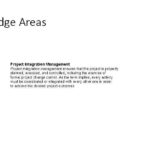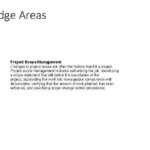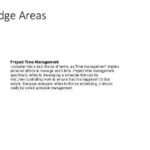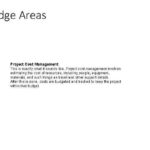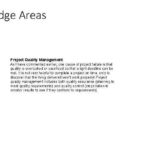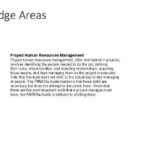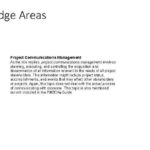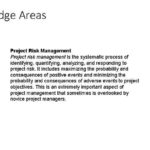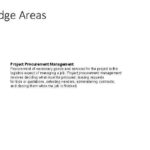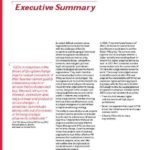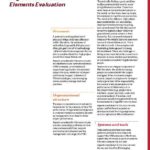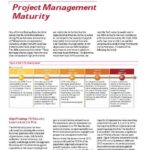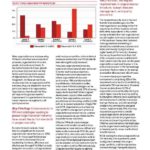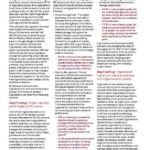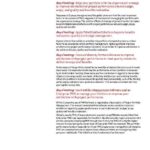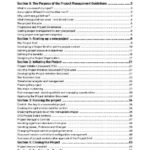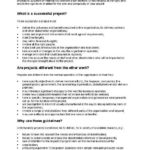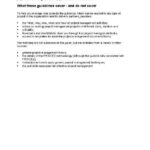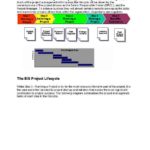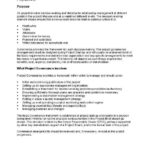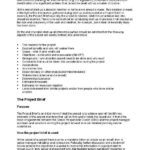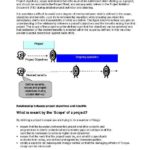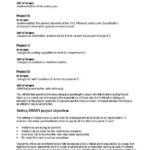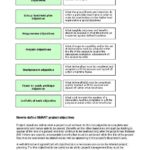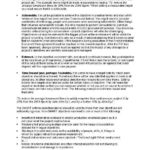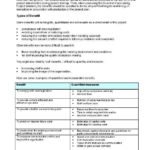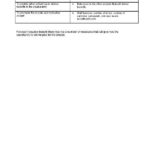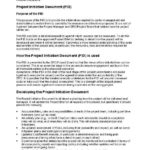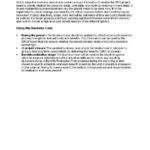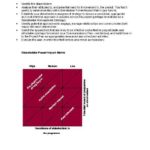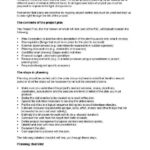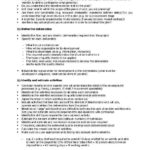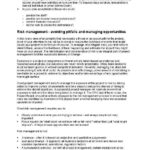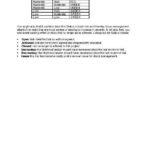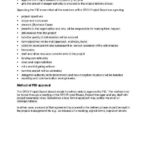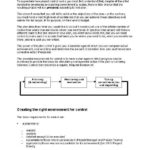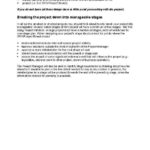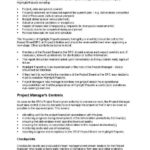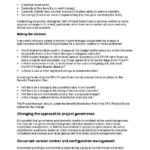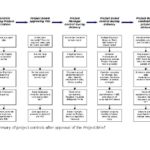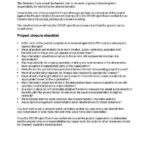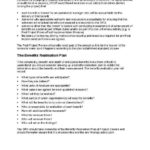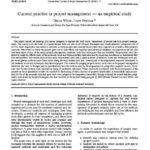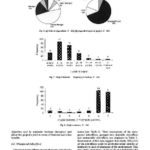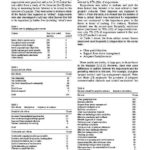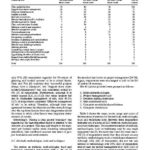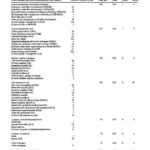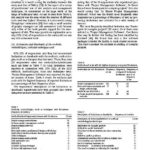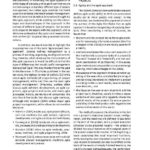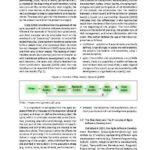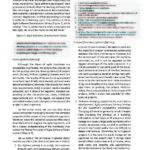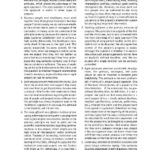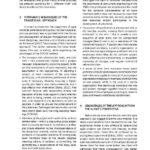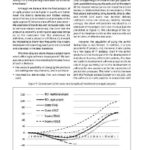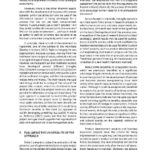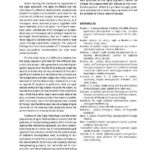Closing Process
Closing
In too many cases, once the product is produced to the customer’s
satisfaction, the project is considered finished, or closed.
This should not be the case. A final lessons-learned review should
be done before the project is considered complete. Failing to do a
lessons-learned review means that future projects will likely suffer
the same headaches encountered on the one just done.
Monitoring & Controlling Process
Monitoring and Controlling
Monitoring and controlling can actually be thought of as two
separate processes, but because they go hand in hand, they
are considered one activity. Control is exercised by comparing
where project work is to where it is supposed to be, then
taking action to correct for any deviations from target. Now
the plan tells where the work should be. Without a plan, you
don’t know where you should be, so control is impossible, by
definition.
Furthermore, knowing where you are is done by monitoring
progress. An assessment of quantity and quality of work is made
using whatever tools are available for the kind of work being
done. The result of this assessment is compared to the planned
level of work; if the actual level is ahead or behind of the plan,
something will be done to bring progress back in line with the
plan. Naturally, small deviations are always present and are ignored
unless they exceed some pre-established threshold or show
a trend toward drifting further off course.
Executing Process
Executing
There are two aspects to the process of project execution. One is
to execute the work that must be done to create the product of
the project. This is properly called technical work, and a project is
conducted to produce a product. Note that we are using the
word “product” in a very broad sense. A product can be an actual
tangible piece of hardware or a building. It can also be software
or a service of some kind. It can also be a result—consider, for example
a project to service an automobile that consists of changing
the oil and rotating the tires. There is no tangible deliverable for
such a project, but there is clearly a result that must be achieved,
and if it is not done correctly the car may be damaged as a result.
Executing also refers to implementing the project plan. It is
amazing to find that teams often spend time planning a project,
then abandon the plan as soon as they encounter some difficulty.
Once they do this, they cannot have control of the work, since
without a plan there is no control. The key is to either take corrective
action to get back on track with the original plan or to revise
the plan to show where the project is at present and
continue forward from that point.
Planning Process
Planning
One of the major causes of project failures is poor planning. Actually,
I am being kind. Most of the time the problem is caused by
there being no planning! The team simply tries to “wing it,” to do
the work without doing any planning at all. As I have explained
earlier in this chapter, many of us are task oriented, and we see
planning as a waste of time, so we would rather just get on with
the work. As we will see when we turn to controlling the project,
failing to develop a plan means that there can be no actual control
of the project. We are just kidding ourselves.
Initiating Process
Initiating
Once a decision has been made to do a project, it must be initiated
or launched. There are a number of activities associated
with this. One is for the project sponsor to create a project charter,
which defines what is to be done to meet the requirements of
project customers. This is a formal process that is often omitted in
organizations. The charter should be used to authorize work on
the project; define the authority, responsibility, and accountability
of the project team; and establish scope boundaries for the job.
When such a document is not produced, the team members may
misinterpret what is required of them, and this can be very costly.
